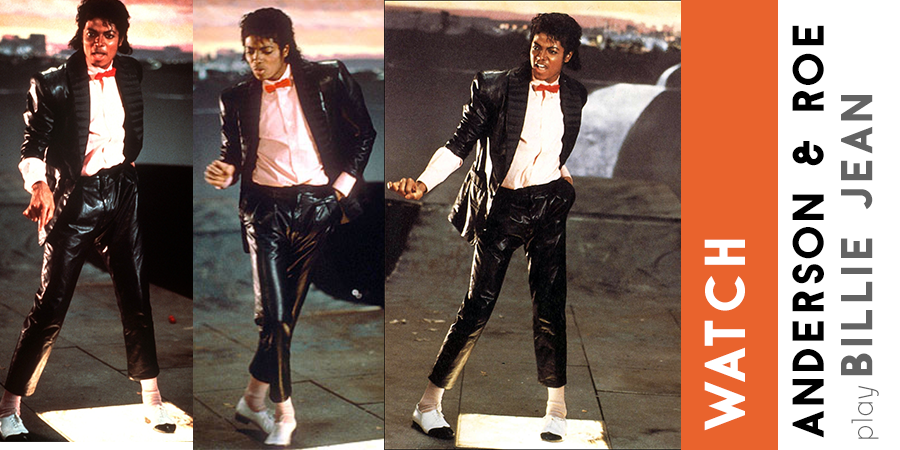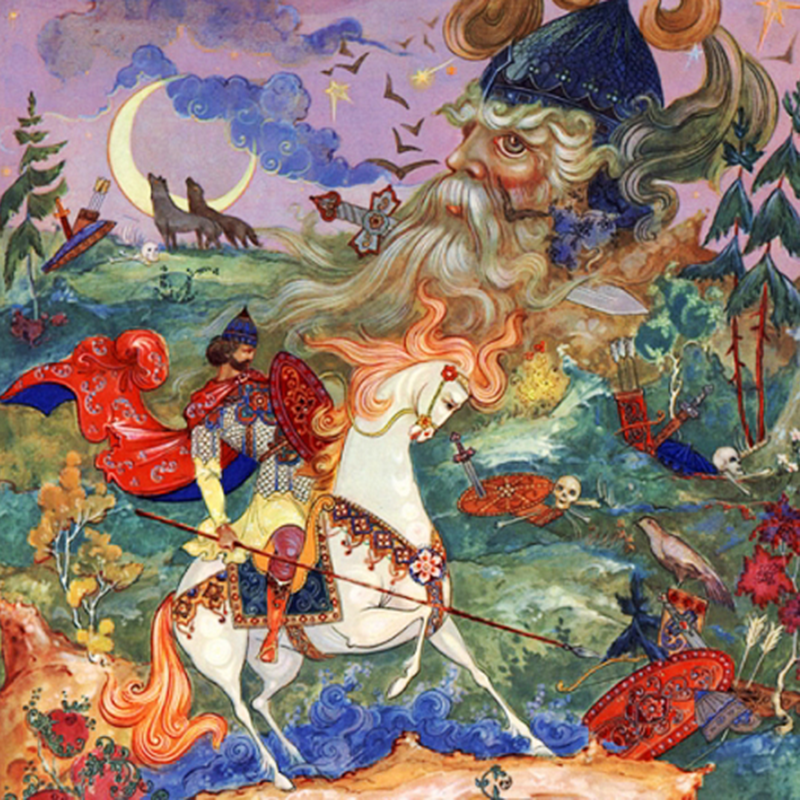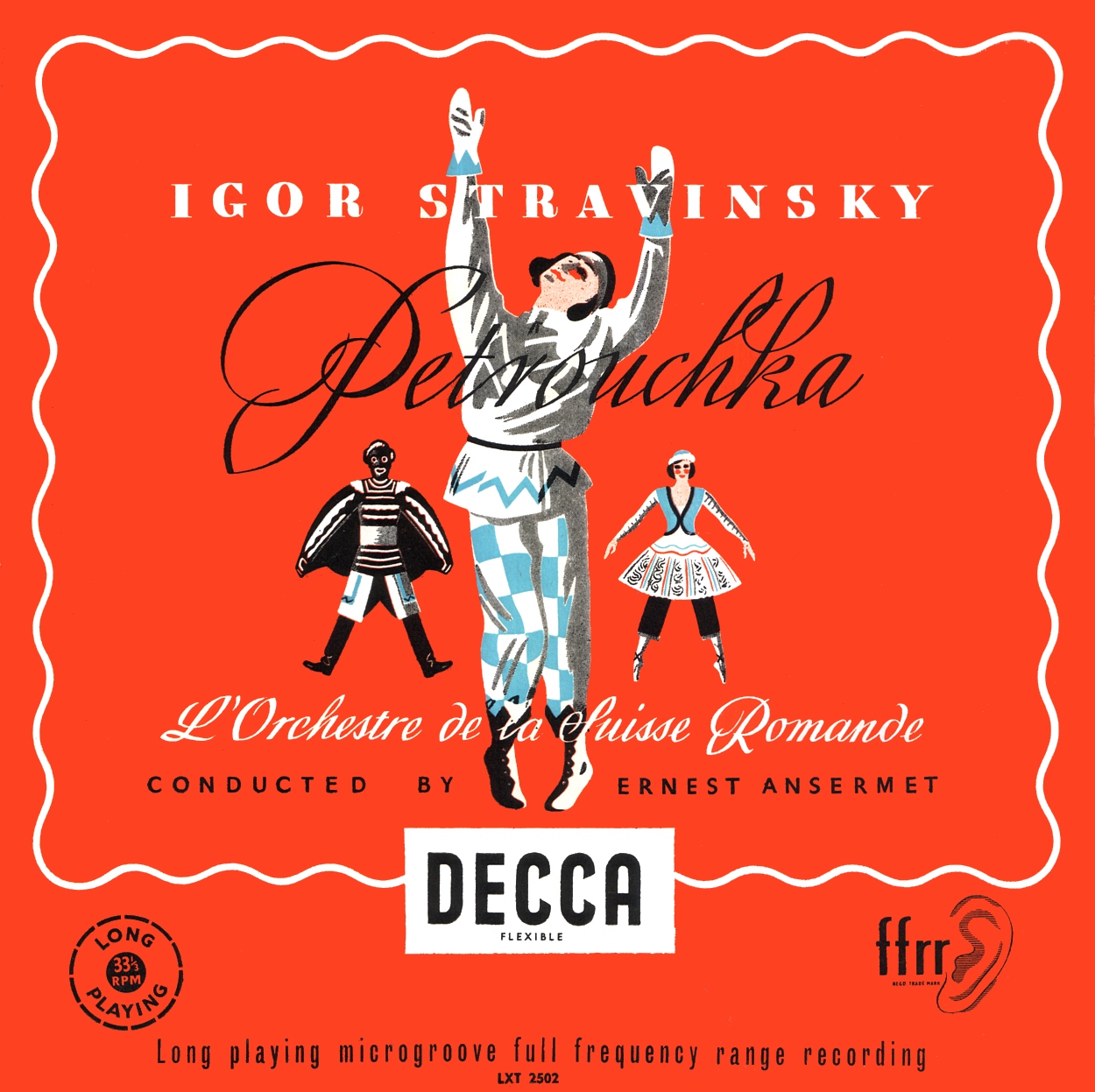
September 17 & 19, 2016 // GET TICKETS
GUEST ARTISTS | BRIDGE AUDIENCE ENGAGEMENT | COMPOSERS | LISTENING GUIDE


Your Conductor
In her tenure as Music Director for Chicago Sinfonietta, Mei-Ann Chen has brought the orchestra to new artistic heights, developing an aggressively adventurous approach to repertoire and collaboration while firmly anchoring her ambitious plans in the Sinfonietta’s quarter-century plus heritage of diversity, inclusion and service to the community. READ MORE
Learn more about why Mei-Ann selected the artists and repertoire in this concert on our YouTube channel!

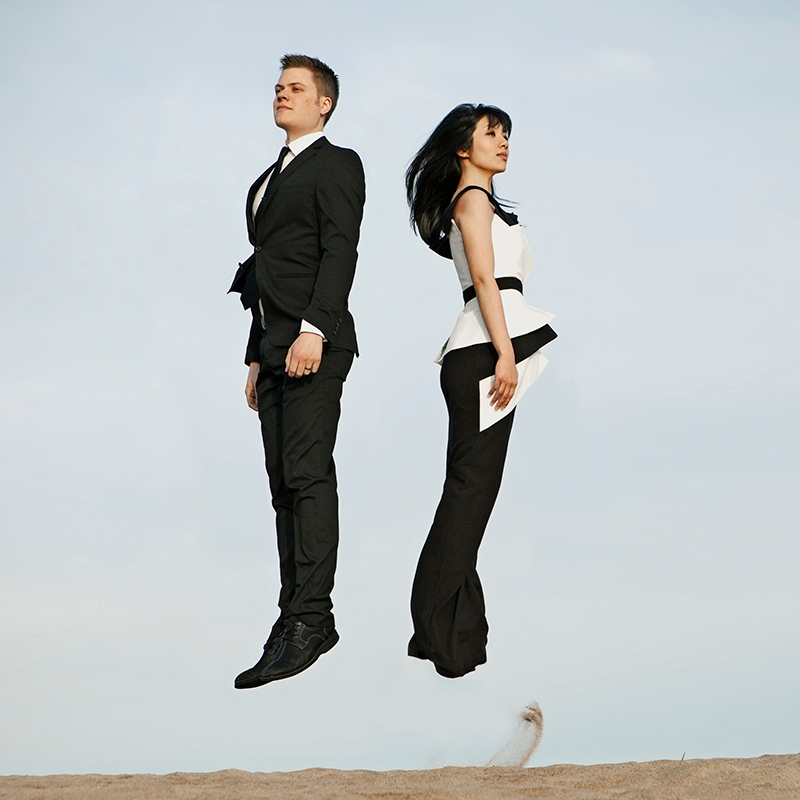
No more sensational young piano duo team can be found … the most dynamic duo of this generation. Explosive creativity ... refreshing ... exuberant ... volatile and thrilling.
— San Francisco Classical Voice

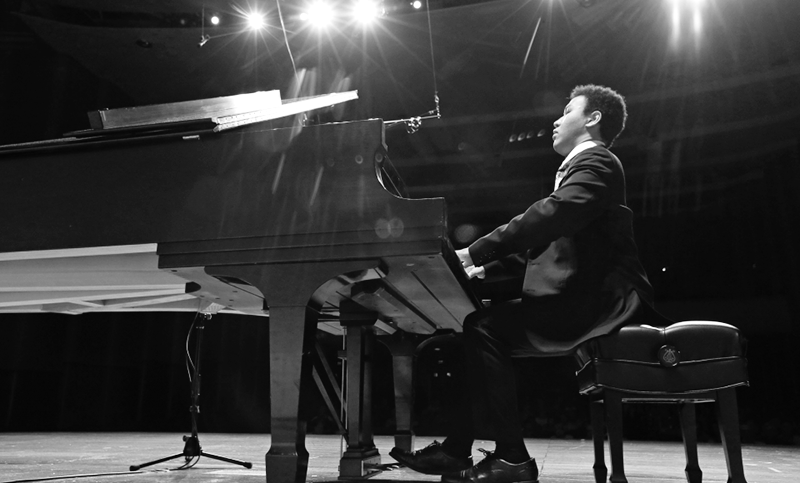
Known for their adrenalized performances, original compositions, and notorious music videos, GREG ANDERSON and ELIZABETH JOY ROE are revolutionizing the piano duo experience for the 21st century. Described as “the intense
synchronization of genius” (ThirdCoast Digest) and “the most dynamic duo of this generation” (San Francisco Classical Voice), the Anderson & Roe Piano Duo aims to make classical music a relevant and powerful force around the world. Their recent album, When Words Fade (Steinway Label), was released to critical acclaim in 2012 and spent over a dozen weeks at the top of the Billboard Classical Charts, while their Emmy-nominated, self-produced music videos have been viewed by millions on YouTube.
Since forming their dynamic musical partnership in 2002 as students at The Juilliard School, the Anderson & Roe Piano Duo has appeared on NPR and MTV, toured extensively worldwide as recitalists and orchestral soloists, and presented at numerous international leader symposiums. A performance by the Anderson & Roe Piano Duo was handpicked to appear on the Sounds of Juilliard CD celebrating the school’s centenary. Highlights of the 2015/16 season include tours throughout North America, Asia, and Europe; performances of Brahms’ Double Concerto in their arrangement for two pianos and
orchestra; recitals in Lincoln Center’s Avery Fisher Hall at the Mostly Mozart Festival; and the premiere of their ambitious— and literally explosive—music film, The Rite of Spring, at the 2015 Wine Country Film Festival.
Winner of the Jury Discretionary Award at the 2015 Van Cliburn International Junior Piano Competition, and a finalist at the 2016 Cooper International Piano Competition, 17 year old Clayton Stephenson is applauded for having “a bounty of talent that flows out of him, with impeccably mastered and correct musical instincts.” (Theater Jones). Clayton is also a proud recipient of the Jack Kent Cooke scholarship and Young Scholars of the Lang Lang International Music Foundation.
Highlights of Clayton’s burgeoning career include recitals at the Louis Vuitton Foundation in Paris, the Morningside Music Bridge Festival in Canada, Weill Recital Hall at Carnegie Hall, and performances with the Midwest Young Artists Symphony at the Ravinia Festival, and Chicago's Millennium Park Pritzker Pavillion. On the 69th U.N. Day, Clayton played with the International Youth Orchestra at the United Nations General Assembly Hall. Additionally, he has been a featured performer on NPR’s From the Top show and and WQXR’s Greene Space. In June of 2016, Clayton inaugurated the prestigious Kissinger Somer Festival in Germany by playing its opening concert.
Clayton’s artistry was clear from an early age, when he was admitted into the Juilliard Pre-College at age ten, becoming the first and only African American pianist in history to ever be accepted. At the age of 13, Clayton won the Juilliard Pre-College Piano Concerto Competition, and made his first orchestral debut with the Juilliard Pre-College Symphony in Lincoln Center's Peter Jay Sharp Theater.
Clayton currently studies at Juilliard’s Pre-College Division on a full scholarship with Mr. Matti Raekallio. Clayton has benefited from many outreach programs, and is devoted to share his good fortune and knowledge with underrepresented children by teaching and performing in Brooklyn, East New York, and the Bronx. He also actively plays for many fundraising concerts, including From the Top’s 2016 Gala. As a well-rounded young musician, Clayton attends the academically rigorous Dalton School in New York.




Community Partners


Everything we know, or at least think we know, about Russian music, we owe to Mikhail Glinka. Before Mussorgsky, Tchaikovsky, and Rimsky-Korsakov, there was Glinka. Before Glinka? Nothing but the folkloric Russian music that he and all who followed injected into what up until then had been a strictly Western European form. The Russlan and Ludmilla Overture comes from his second major opera, which premiered in 1842. The opera’s story is unimportant here. What is important, as the Chicago Sinfonietta reintroduces itself for another season, is its exuberance and energy as it plows straight into its themes with a boisterous flourish of tympani, brass, winds and strings followed by a more lyrical mid-section, only to charge forward again to a thundering conclusion. Oh, and it does all of this in under 5 minutes!
Perhaps the most telling description of Igor Stravinsky comes from none other than French composer, Claude Debussy. Stravinsky’s music, he said, “is childlike and untamed. There is neither caution nor pretension.” What he is saying is that Stravinsky’s genius lies in the application of his prodigious composing skill in a way that doesn’t recognize limits, yet also avoids neediness in that nothing is added in order to curry intellectual favor. Stravinsky is Stravinsky, and that is enough. His ballet, Petrushka, was his second collaboration with Théâtre du Châtelet in Paris and represents his full immersion into the City of Light’s early 20th century avant-garde. Its story is full of magical characters, including Petrushka himself, a mischievous puppet come to life. A fiesta of brass, winds, strings, percussion and piano, it is both jarring and jaunty in its assertiveness.
In 1982, Michael Jackson was already a star. When Billie Jean came out in early 1993, he became an icon. With Billie Jean, he became the King of Pop. It was a breakthrough in every way. The video was a short film that introduced a new look for the singer, one that was copied by young people around the world. It was one of the first videos by a Black artist to be played on MTV. His debut two months later of the ‘Moonwalk’ during a performance on the Motown 25 TV special ignited a phenomenon. The song itself was spare and lean, every note and color counting for something. The lean and funky bass intro built tension by lasting a full 29 seconds before Jackson ever opened his mouth. The album it appeared on, Thriller, became the bestselling album of all time. That rhythmic opening and visual motifs of the video became the basis of Anderson & Roe’s piano interpretation. Greg Anderson holds the song together as the “band” while Elizabeth Joy Roe takes on the full range MJ’s signature vocal pyrotechnics and further interprets David Williams’ riffing guitar solo in surprising fashion.
Other than Duke Ellington himself, George Gershwin was the 20th century’s foremost composer bringing the African-American musical art form of jazz the concert stage. However, unlike Sir Duke, Gershwin wrote arrangements designed for symphony orchestras. It can be said that Gershwin adapted jazz, while Ellington was jazz. And, of course, Gershwin was no slouch as a writer of tunes that have become standards played and sung by the legends of jazz. I Got Rhythm is one such song. Written in 1930 for the Broadway musical Girl Crazy, it later became the basis for a composition that received its premiere at Boston’s Symphony Hall in 1934 as the Variations. Being Gershwin, the composer of Rhapsody in Blue, it is no surprise that it is a piano showcase of the highest order. The composer himself subsequently took it on a 28-city tour. As it turns out, the Variations was the last concert piece that Gershwin wrote. Gershwin passed away in 1937.
Like the Chicago Sinfonietta’s guest artists on this program, French composer Francis Poulenc was an accomplished pianist. And lest you think that Unhinged is all about pop-classical hybrids, the Concerto for Two Pianos in D minor is here to put things in perspective. It is one of a handful of such compositions, and it smartly uses its two pianos to engage in intertwining conversation rather than trading off standalone sequential solos. There are hints of jazz (it was written in the early 1930’s) and the influence of the Balinese gamelan (which Poulenc heard at an exposition in Paris), but also Mozart and Liszt. The first movement jumps out at you before easing into a more lyrical tone and you can hear the gently rolling sound of the gamelan near the end. The second movement is the most conventionally “classical” and the third finds us back in rhythmic territory for its entire length.
Say what you will about Coldplay. For one of the most popular bands in the world, they have their detractors. But there is no getting around the fact that they are ambitious and skilled pop craftsmen of the anthemic, arena-rock variety, and never more so than on the Brian Eno produced Viva la Vida, which aims toward U2 / Peter Gabriel territory and hits its mark solidly. As such, it is a natural choice for pianists Anderson & Roe and the grand nature of classical music itself. Wisely, the duo finds the melodic heart of the song and chooses not to pile on the grandiosity in their casually friendly “flash mob” style video. The Sinfonietta performance adds a string session presumably modeled after the one that Eno effectively employed on Coldplay’s original 2008 recording and with it there will likely be a very grand finale indeed.

